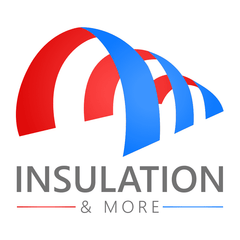No products found
Fire-Resistant Insulation – Passive Protection for Critical Systems
Our Fire-Resistant Insulation Collection includes a range of non-combustible and limited-combustibility materials designed to enhance building safety, protect mechanical systems, and support compliance with fire regulations. These products are engineered to resist ignition, slow flame spread, and reduce smoke generation, making them essential for passive fire protection in both commercial and industrial environments.
Classification and Standards
Fire performance is assessed under the EN 13501-1 Euroclass system, which rates materials from A1 (non-combustible) to F (highly combustible). Products rated A1 do not contribute to fire at any stage, while A2-rated materials offer limited combustibility with minimal smoke and no flaming droplets. These ratings are determined through rigorous testing protocols including EN ISO 1182, EN ISO 1716, EN 13823, and EN ISO 11925-2.
In the UK, Approved Document B requires A1 or A2-rated materials for external wall systems on buildings over 18 meters in height. Fire-resistant insulation also supports compliance with BS 476, BS 8414, and Construction Products Regulation (CPR).
Material Types
Common fire-resistant insulation materials include stone wool, glass wool, calcium silicate, and fire-rated boards. Stone wool is manufactured from volcanic rock and offers Euroclass A1 performance, making it suitable for HVAC systems, service risers, ductwork, and partition walls. Fire-rated plasterboards and cement boards typically achieve A2-s1,d0 ratings and are used in ceilings, enclosures, and wall assemblies. Fire-rated polyurethane foams and sealants, while not non-combustible, can meet B-s1,d0 ratings and are used for cavity fills and service penetrations.
Applications
Fire-resistant insulation is used in a wide range of settings including mechanical and electrical service risers, pipe and duct insulation, partition walls, ceiling systems, façade cladding, and firestopping around penetrations. It is also essential in industrial environments where high temperatures and fire risks are present.
Performance Benefits
These materials help delay flame spread, reduce smoke and toxic gas emissions, and maintain structural integrity under thermal stress. They support safe evacuation, limit property damage, and meet insurance and regulatory requirements. Many products in this category are also low-VOC, halogen-free, and compatible with green building certifications such as BREEAM, LEED, and DGNB.

